Dear Editor:
I would like to provide some needed clarification of some points in “Divine Wind Over Okinawa” by Kelly Bell (September 2011).
When Mr. Bell discusses the sortie of the Yamamato and her escorts, he states, “This tactic failed when the carrier captains saw throught the ruse….” I can only assume that the author is not very familiar with naval command structure. The carrier captains were very busy handling their respective ships and were in no position to decide overall stategy or tactics. Any decisions regarding action against the Yamamato force were strictly the responsibility of the flag officer in command. In this case, it would have been either Marc Mitscher (commander of Task Force 58) or Raymond Spruance (5th Fleet commander) who “saw through the ruse…”
Bell indicates British carriers carried fewer planes because of the “thick, heavy armor plating” on their flight decks. I think further research would show him that more likely it was the smaller size of the British ships and possibly different operating procedures that were the cause of the smaller number of aircraft.
He refers to “radar destroyers” and “antiaircraft destroyers.” These suggest ship classifications that did not exist in the U.S. Navy. The Navy established picket stations around Okinawa and used whatever destroyers it had available to guard those stations. In some cases fighter director teams were assigned to the destroyers.
Unfortunately, his mention of destroyers Hadley and Evans failed to take notice of their outstanding gunnery during this action. They are credited with the destruction of 46 enemy aircraft before they were put out of action (Roscoe, United States Destroyer Operations in World War II).
Regarding the actions involving Enterprise. Shortly after 1400 on April 11, a Judy struck the hull of Enterprise on her port quarter. The plane’s engine dished in some hull plates and the bomb it carried detonated under the turn of her bilge, shaking the ship severely. Her air search radar was knocked out and electrical systems damaged. There were also some breaks to the skin of the ship, causing 150 tons of sea water to flood into the torpedo blister (a structure designed to protect the actual hull from enemy torpedoes). The relatively small amount of flooding did not affect the operation of the ship. She maintained her 25-knot speed as well as her place in the task group. She continued to fire her guns and launch and recover aircraft until April 14 when she was ordered to Ulithi for repairs (Stafford, The Big E, The Story of the USS Enterprise).
Contrary to Bell’s statement, Enterprise was never in any danger of capsizing. Had the damage been serious enough to affect her stability she would have had to reduce speed, drop out of formation, and head for a dry dock immediately.
After repairs, the Enterprise left Ulithi on May 3 and rejoined Task Force 58 on May 6. On May 11 Enterprise became the flag ship of Admiral Mitscher after Bunker Hill was hit and put out of action. After Big E was hit on May 14, and in spite of taking in about 2,000 tons of water from firefighting activities into her hull, she once again maintained her place in the formation and continued fighting, knocking down two more enemy planes. As a result of her damage she could no longer handle aircraft. Mitscher left the ship for Randolph on the 15th and Enterprise left the task force (and the war) on May 16 (Stafford, The Big E).
On this occasion the Enterprise was on the line for 10 days, not one day as the author seems to indicate.
I’m sure the author’s intent is to provide an interesting article but it should not be at the expense of accuracy.
Robert Derrit
via e-mail
Veteran of the BAR
Dear Editor:
Your “Dispatch” letters regarding the Browning Automatic Rifle (BAR) bring back good and bad memories! I served as a paratrooper with the 82nd Airborne Division during WWII. I was a BAR man. The BAR weighed 23 pounds, .30 caliber. Fired both semi and automatic.
I had an ammo carrier. He carried 12 magazines holding 20 .30 caliber bullets each. Not 30 rounds as stated by one of your readers. My ammo carrier also carried an M-1 rifle, .30 caliber clips in a bandolier, grenades, C-2 explosives, side arm, rations, and much more!
I went through five ammo carriers. Harold E. Florey, Peoria, Illinois, wounded twice! David Amendola, Chicago, Illinois, wounded by 88 millimeter tank cannon fire. Mitzi, New York, Smith and Graham (home towns unknown). I got hit by shrapnel but stayed “on line” as we were down to about 14 or 15 troopers out of 38 in our platoon during the Battle of the Bulge.
When it became “quiet” at the Ford plant on the Rhine River about March or April 1945, 20 BAR men from the 504th Infantry Regiment were brought behind the lines to test fire a new BAR! I was one of those 20. The new gun was lightweight. I don’t remember the caliber. We 20 BAR men evaluated the weapon as excellent. It could have been labled the M-14 later. All we knew it was great compared to our present BAR. It fired much faster.
About six years later, 1951, the Korean War was in progress. To my astonished surprise the old BAR was still being used in combat by our military. Why the automatic rifle that we test fired in 1945 wasn’t being used still puzzles me today!
William L. Bonning
Big Rapids, Michigan
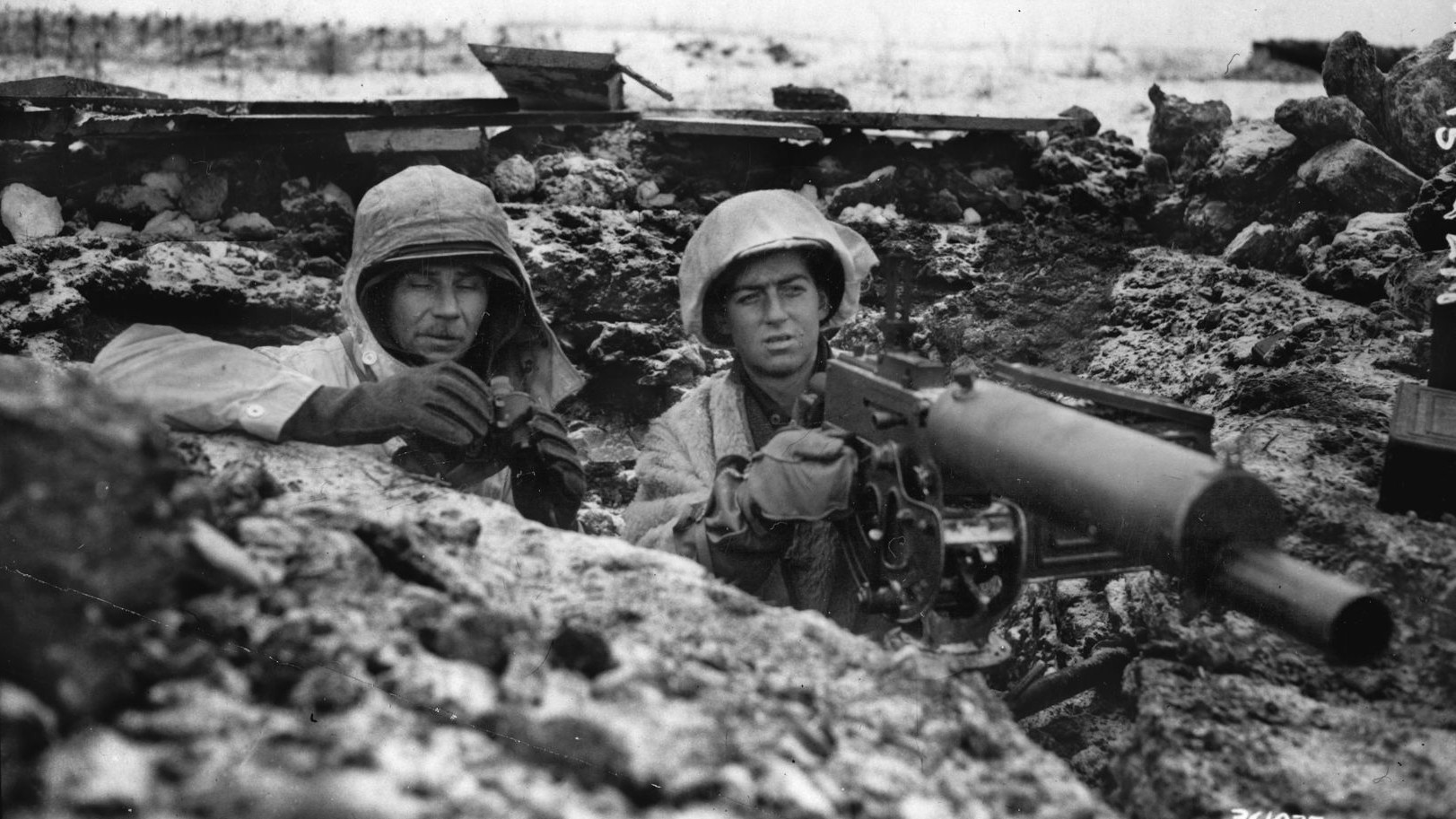
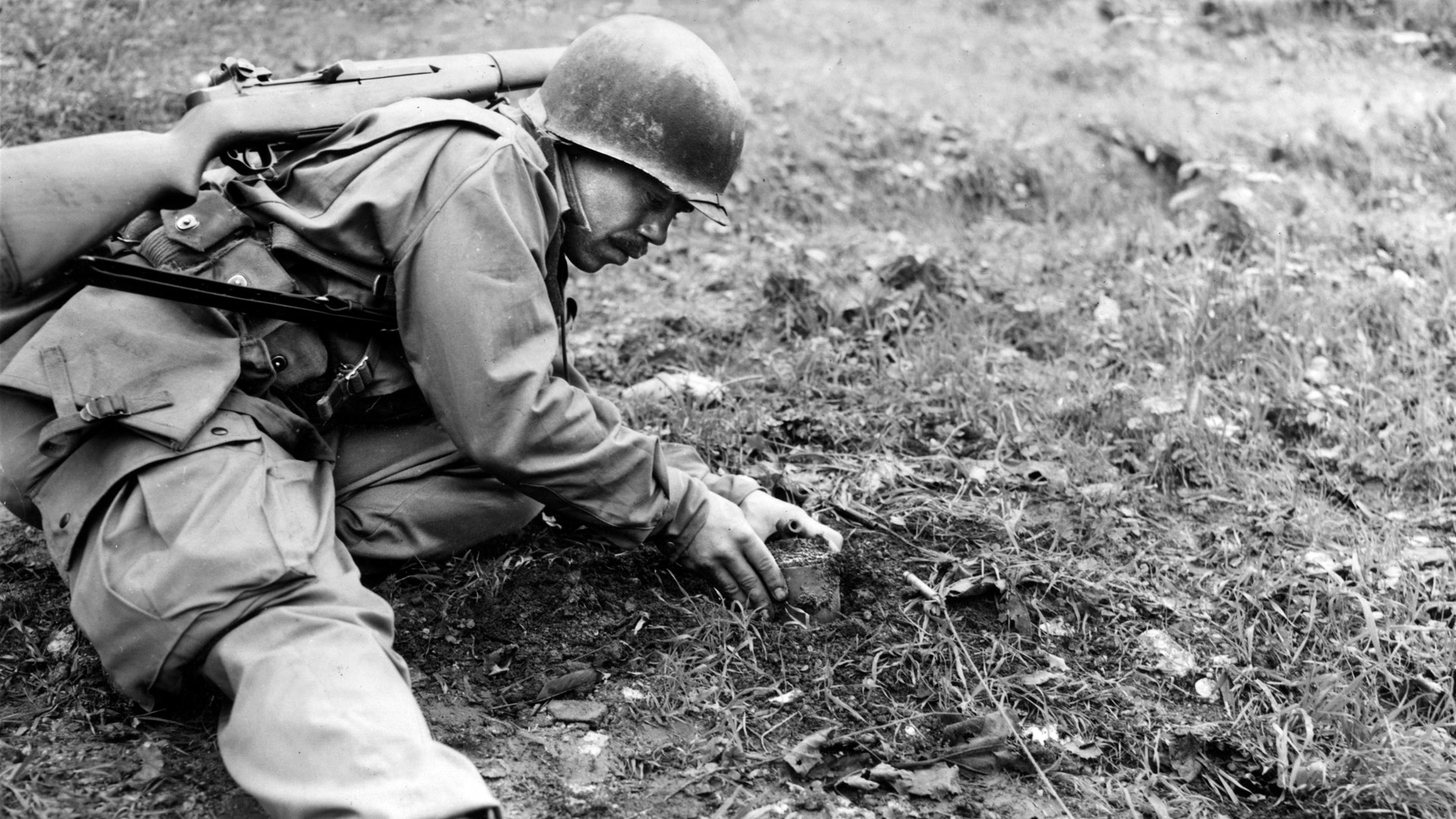
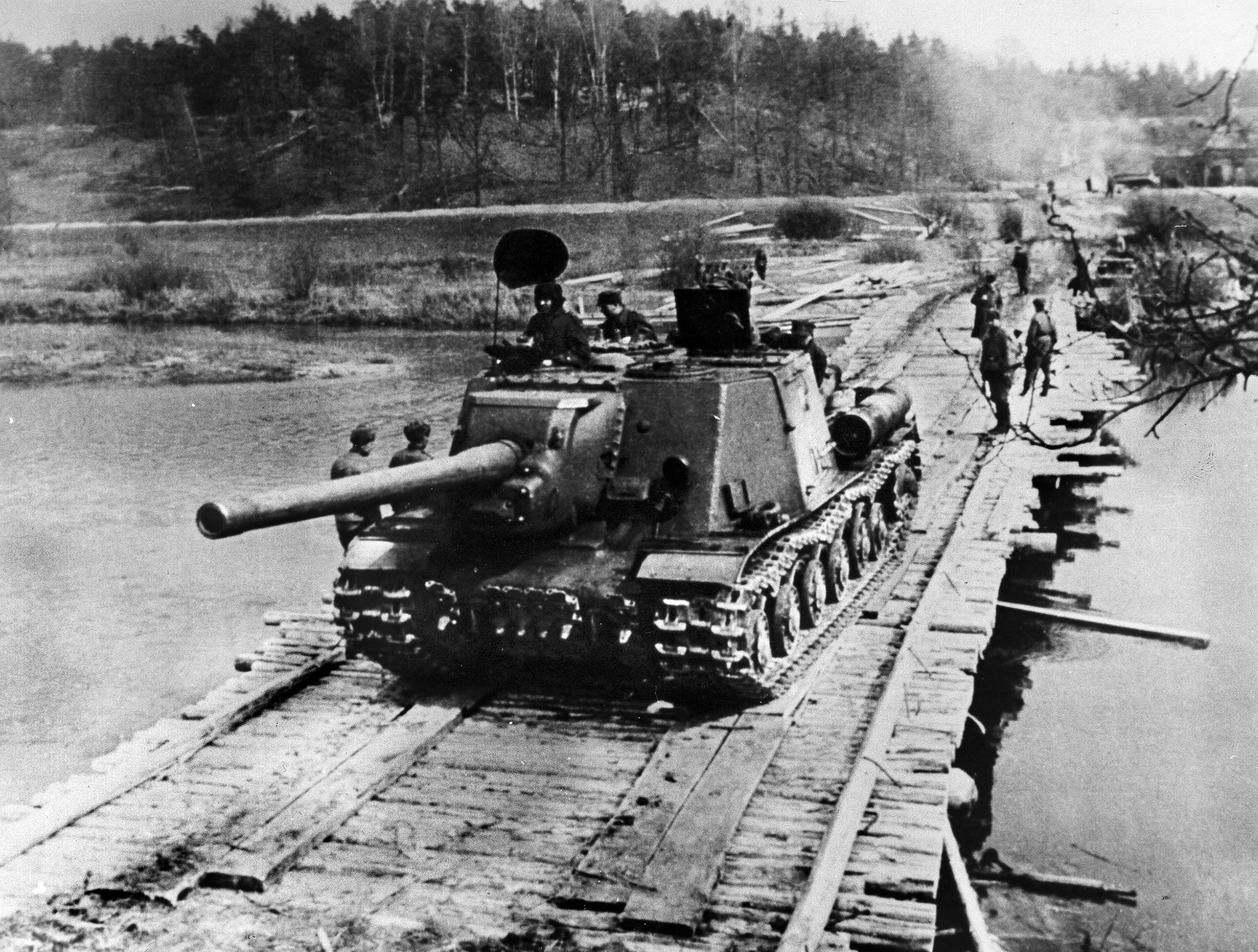
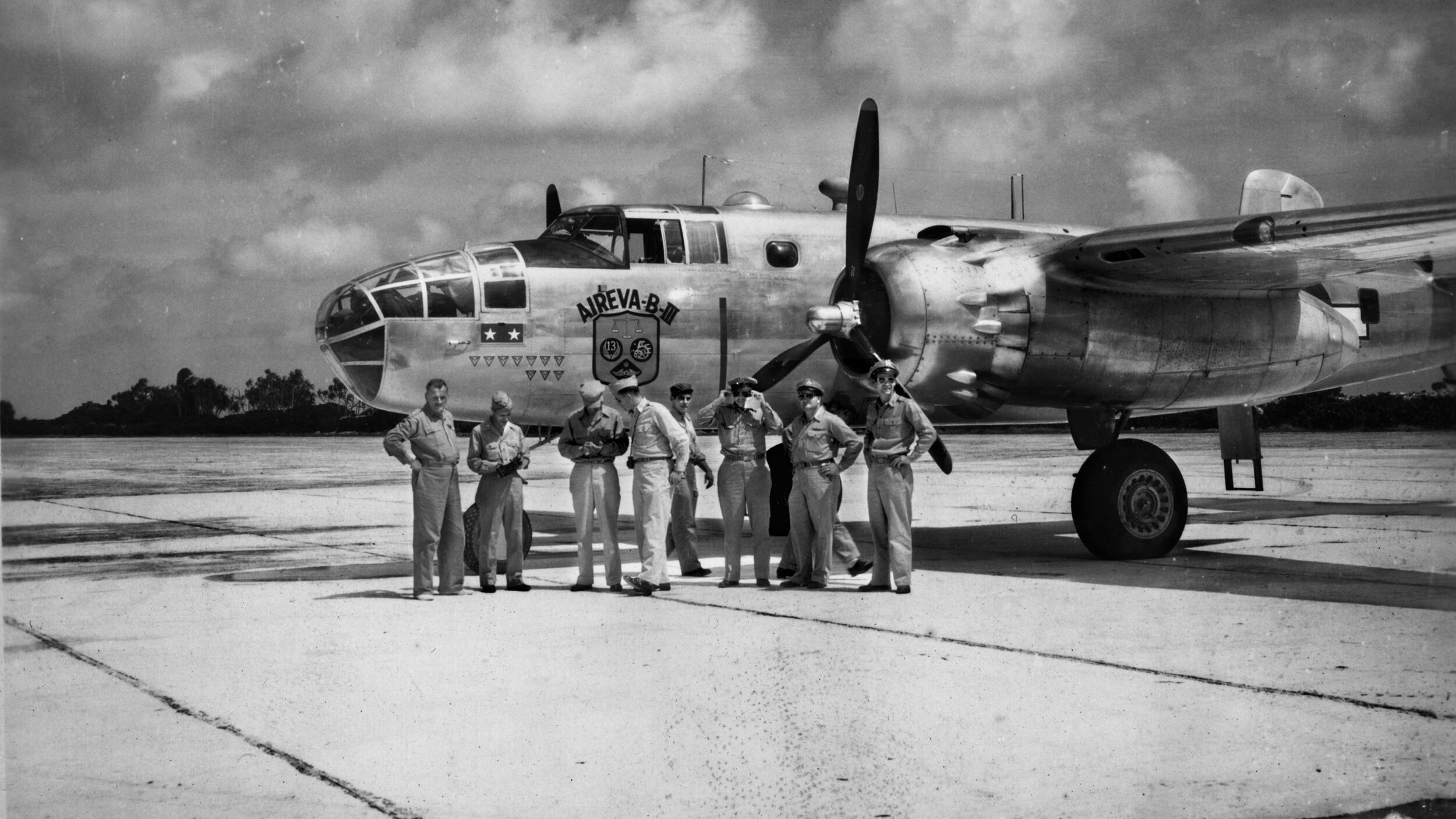
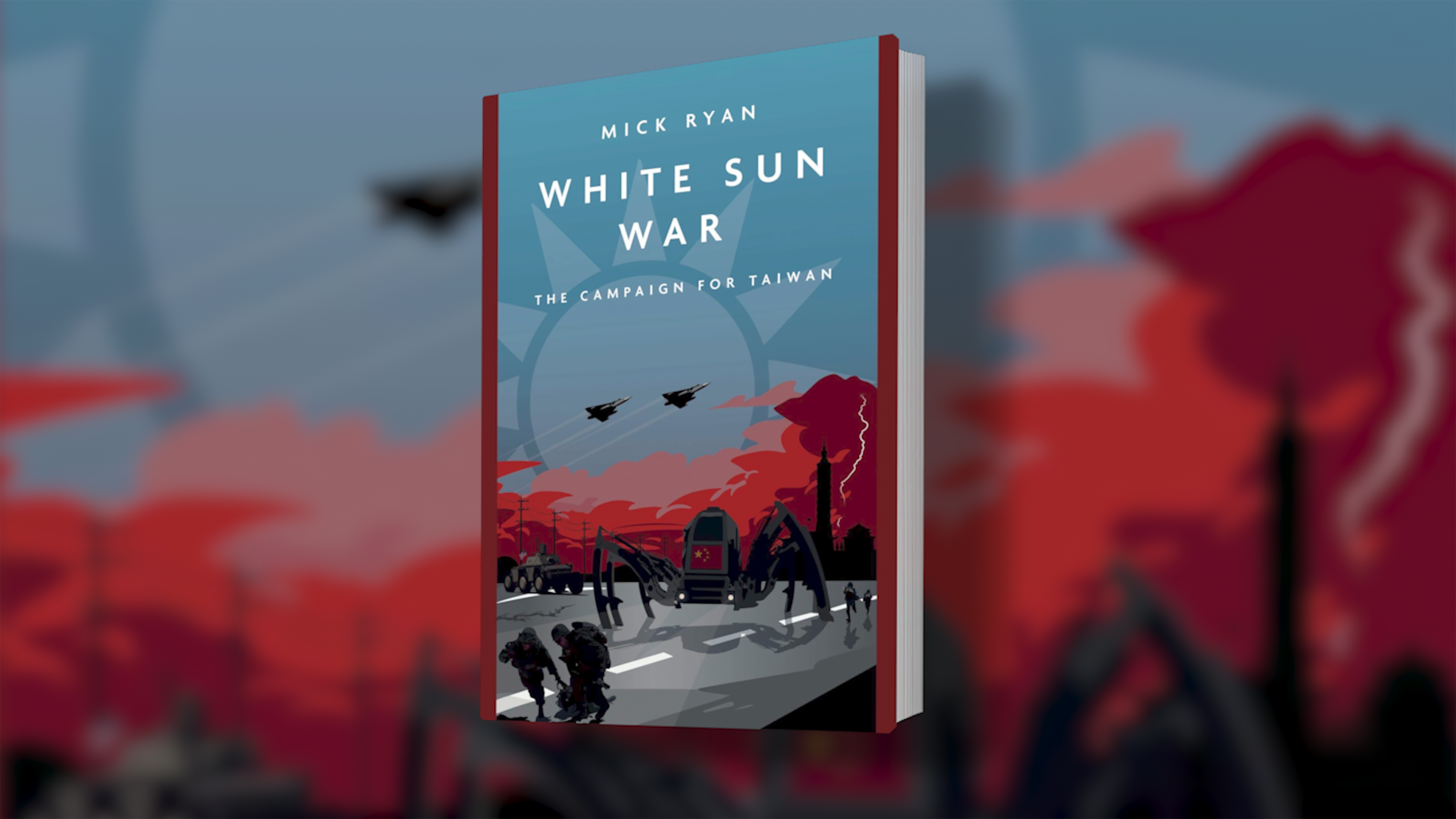
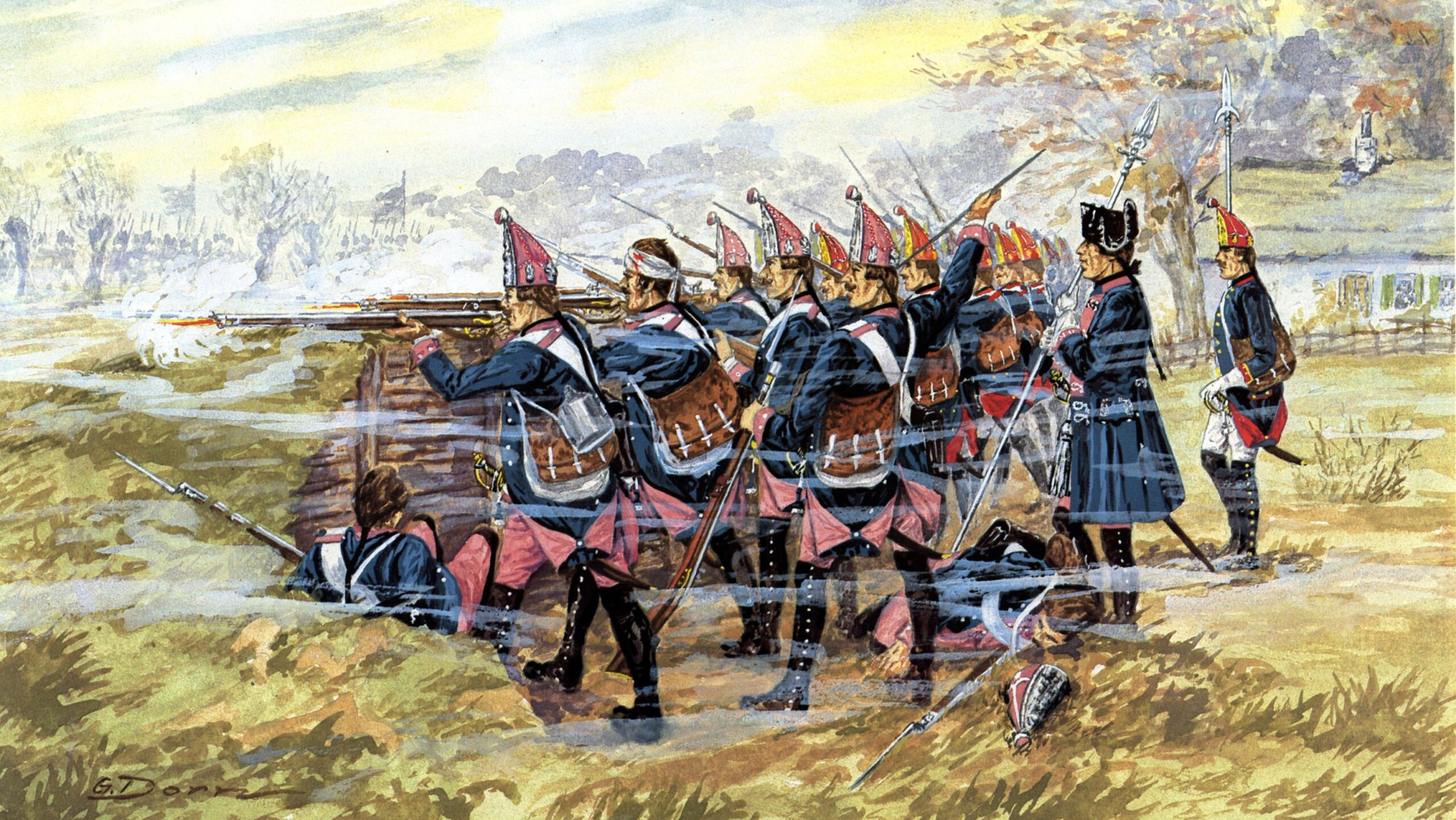
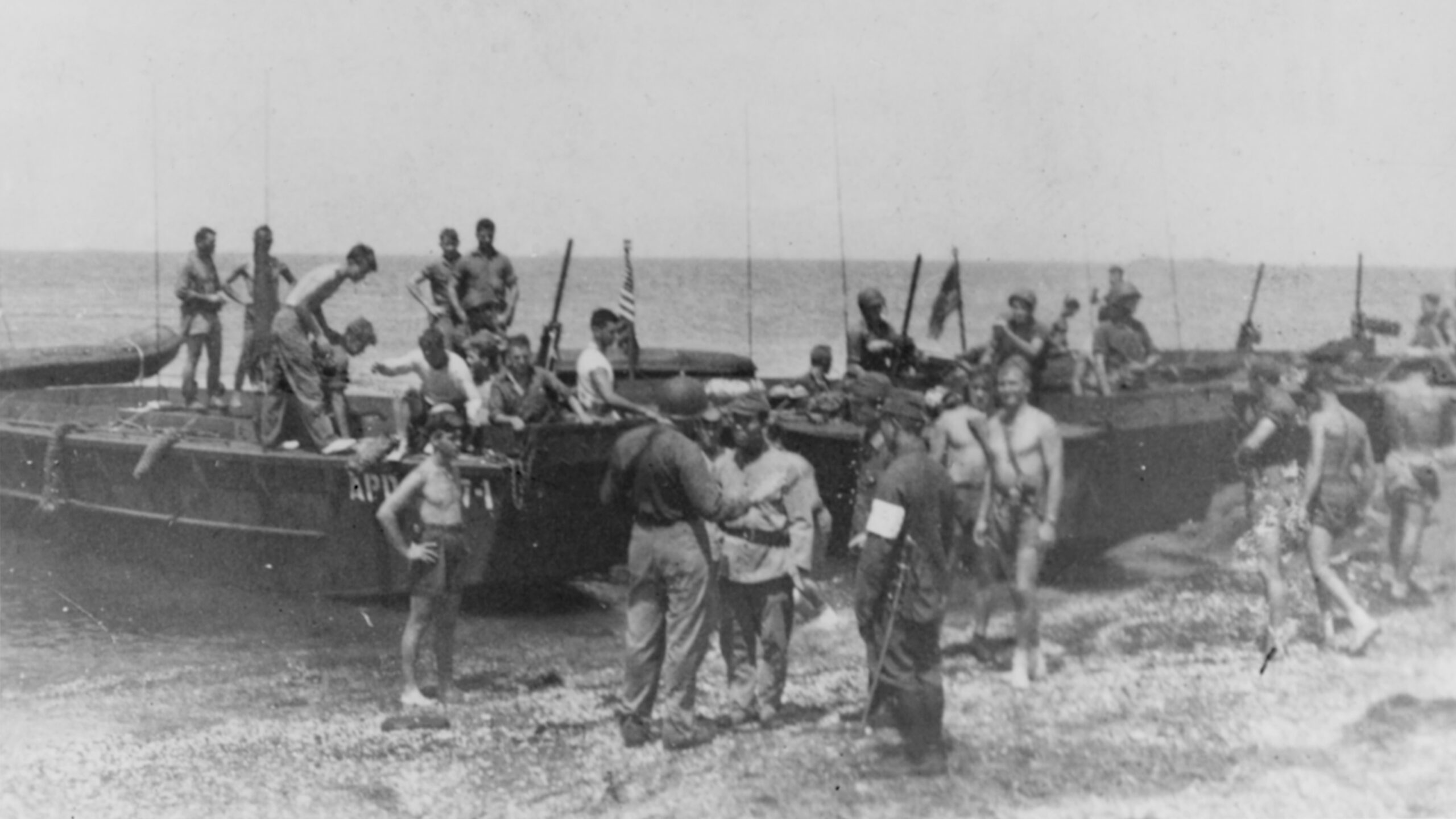
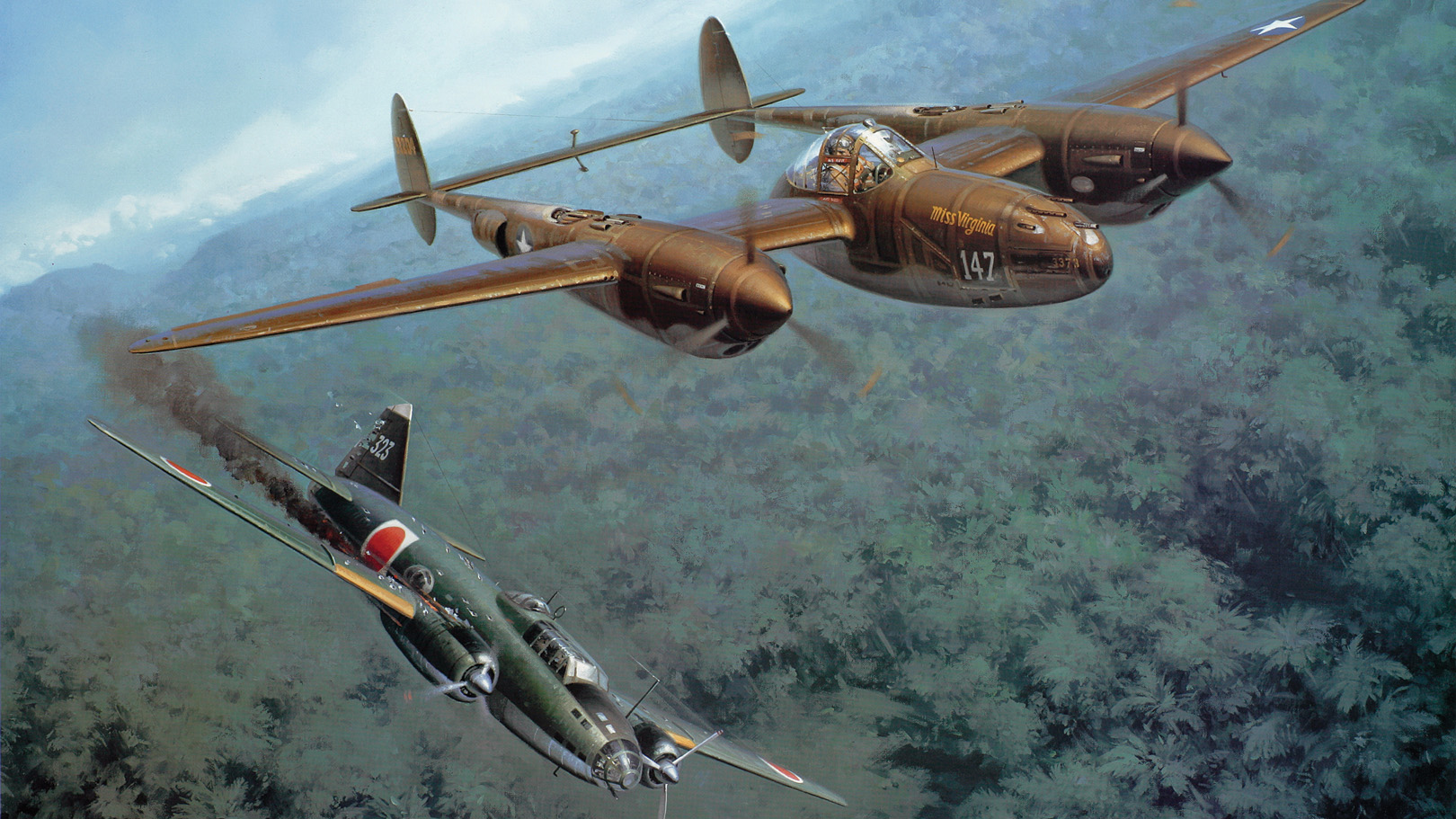
Join The Conversation
Comments
View All Comments